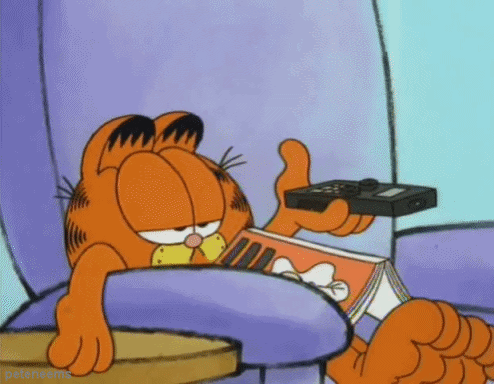
My husband bought me a portable radio for my birthday. I’d asked for it partially so that I could listen to WNYC in the morning (yes, I know they have a live feed but it cuts out all the time and I don’t want to miss a second of Brian Lehrer’s love of bird songs or poignant questions for the Mayor). Also, coming from an earthquake state, I felt having a non-outlet dependent form of accessing news would calm my pandemic panic somewhat. So, he got me a radio, which fairly quickly became his radio as he spent the afternoon caressing its antenna and surveying all the stations.
He turned the dial through Cantonese ads, bachata, conservative talk shows, Bollywood hits, Russian racing tips and Z100 and then waxed nostalgic about an old portable Sony transistor used on beach trips with his grandparents. In this box the size of a book, he had the whole of the city sitting on our desk. Our city and his memories. And it reminded me of another nostalgic act I’ve recently returned to. Ok, I never left, but the act does feel ripped from another time: channel surfing.
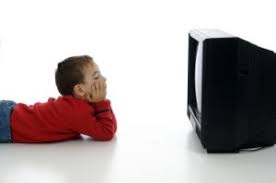
Channel surfing is sort of a childhood pastime. My brother and I were raised by my parents, but we were also raised by television. (Don’t get your panties in a twist. We read and stuff. My brother had to read 100 books before my parents let him have a TV in his room. Not helping my case? OK, not helping). Cable TV’s boom took place over many decades. The 1980s (the glorious decade of my birth) already brought the second wave of new pay channels, including The Disney Channel, Lifetime, Financial News Network, The Weather Channel, Discovery Channel, Home Shopping Network, A&E, AMC, Pay Per View and The Playboy Channel. (The last of which would play both a positive –yay, sex– and negative –boo, singular models of normalcy– role in my sexual awakening). But, cable, and the commensurate explosion of channels, really began its climb to exponential proportions in the 1990s. By 1990, 57% of households had cable. There were 79 networks. In the late 1990s, 98% of households had TVs, and by 1998 there were 171 networks. If you spent an hour watching each channel, it would take you over a week without sleep.
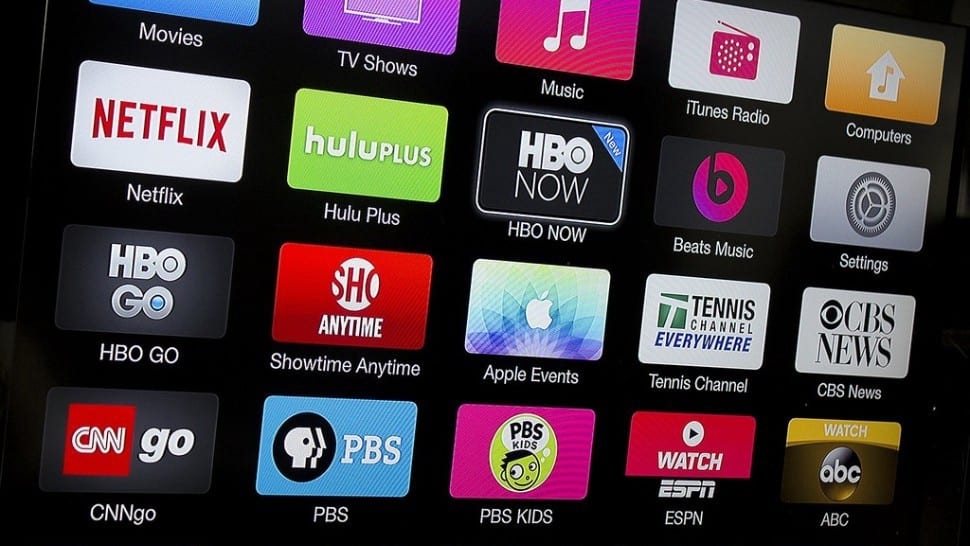
The point is options, a multiplication of options birthed from the capitalist realization that you didn’t have to capture the majority of the audience to capture a majority of money. This would eventually lead to the unending number of streaming services we have now, but at the time it just meant that you, couch-bound consumer with remote in hand, had to flip around to find what you wanted. I remember doing this as a kid. Up and down, channel by channel, watching a little of each to see if it struck my fancy, held my short, short attention span. (Until 1995, that is, the Interactive Program Guide, so now theoretically you know what you’re getting into before you click). I’d fall into the middle of one program after another, maybe pick two or three and go back and forth.
Movie beginnings became a rare treasure for me. I was always catching something from the middle. It would be years until I found out how Michael Jordan had come to be in the cartoon world of Looney Toons, why Peter Gallagher was in a coma or how they got all these damn dinosaurs on this island. (WHY you would willingly populate an isolated and already hostile landscape with wild beasts that want to eat you and then send tourists there will never be answered, unless multi-million dollar movie franchise suffices as an answer for you). But I could, more or less, watch all three at the same time, escape commercial breaks by going from one to the other. I could swap between a cartoon and sports, between Martin and I Love Lucy reruns, between Beavis and Butthead and Xena: Warrior Princess. The world was my oyster, and I, just like everyone else whose TV was on at that moment, could eat it in random, bite-sized, pixelated chunks.
But now, I can watch movies from the beginning, enjoy a series without commercial interruptions (or waiting a week for the next episode). I can even watch only the news I’m interested in with only the bias I’m interested in. I have all the subscriptions services (ok not all, for example, I’m still waiting for my friend Kristina to give me her Hulu password). So, why am I still channel surfing?

The answer is multiple. Sam Eichner sums it up as the lazy man’s protest against the drive to efficiency because it refuses the impulse to watch with maximum efficiency, to take the “time is money” approach to our consumption of something that’s supposed to be relaxing. I would add to this that when I turn on the TV, I do sometimes truly turn off. My slack-jawed, eyes-glazed “TV face,” as my husband calls it, is testament to this. Channel surfing allows you to wander the media landscape on a lost and lazy evening (or afternoon or entire Sunday) without any ambition to a destination.
But the landscape you wander is also that of our society, our city, our country and, in particular, the people populating it. I turn on the TV and start my journey with NY1, have a check-in and a chat with Pat Kiernan, my park ranger of sorts. From there, I amble past Law and Order (because it’s literally always on), Sinovision, ¡Despierta América!, South Park and The World Poker Tour. I stop in for an old rom com, some sentimental favorite whose plot trail I vaguely remember, and a little Star Trek, forever in syndication, forever in my heart. This television flâneur gives me a sense of sharing a media space with my fellow Americans, but it also makes me feel that I am sharing time with them.
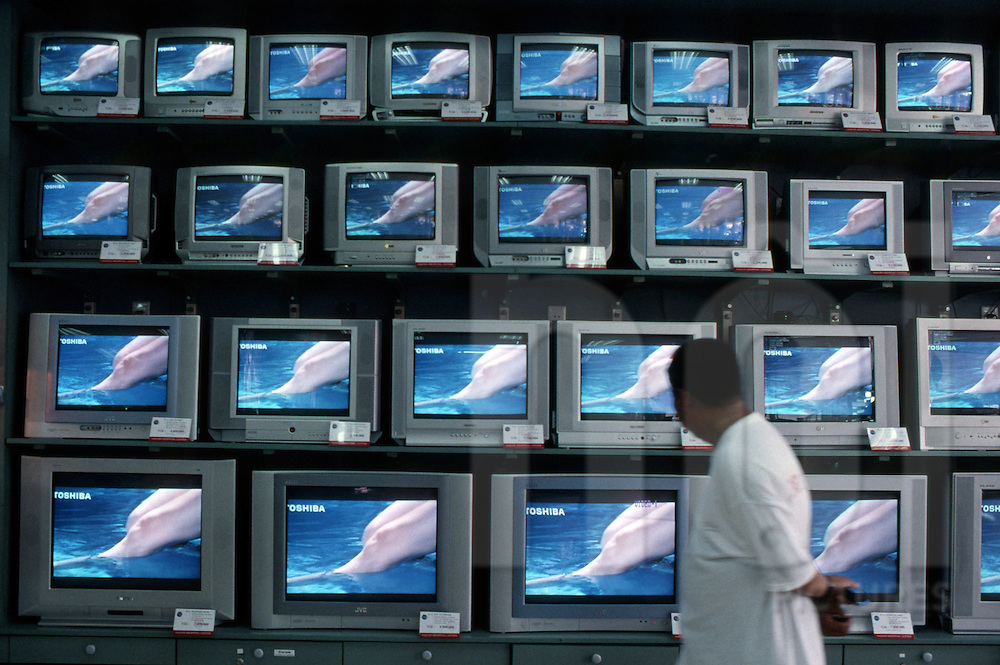
What’s on where I am is pretty much what’s on where you are (as long as we’re in the same time zone, which if you’re all the way in California, just wait three hours, you’ll catch up). It inspires in me a romantic (and much exaggerated, particularly since the attention of the masses is now far too fragmented to collectively be trained on one mainstream media) notion of taking part in what Benedict Anderson calls an imagined community. He talks about the rise of nations as aided by the rise of the novel and the mass consumption of newspapers. Through a variety of means, these shared stories impart a sense of simultaneity. This feeling that we participate in a happening and a being in the same time-space as others helps us to feel that we are part of one vast community. Further, the reading of these cultural products, particularly the newspaper as it’s even more specifically time bound, amounts to a “mass ceremony…performed in silent privacy, in the lair of the skull” We experience the news at the same time; we imagine its stories happening within the space-time of our society, a space-time constructed in our heads.
When I channel surf, I wander my nation’s landscape on a lost and lovely stroll taken by myself and, at the same time, with my fellows. So friends, grab your shoes, I mean your remotes, and enjoy the walk.
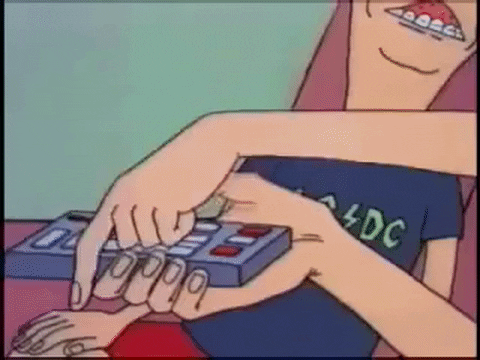

Love this and you so much. My clock radio just broke and a part of me died with it. Being in the burbs of NY the radio (specifically WNYC and hot97) are our only connection to our city. Must find one on letgo… only a second hand one will do…